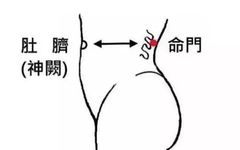1. Basic Knowledge
Traditional Chinese Medicine (TCM) holds that:
1. Numbness: Indicates that Qi can flow, but blood cannot.
2. Wood: Severe numbness indicates a blockage of both Qi and blood.
3. Sourness: Indicates that the meridians are open, but there is insufficient Qi and blood. 【WeChat Public Account: Guoxue Life】
4. Distension: Indicates abundant Qi; individuals with this constitution tend to be irritable, and if Qi cannot flow, it leads to distension.
5. Pain: Simple pain is due to blood stasis.
6. Itching: Indicates that Qi and blood are flowing; itching occurs during wound healing, but this is different from generalized itching.
2. Functions of 10 Important Acupuncture Points
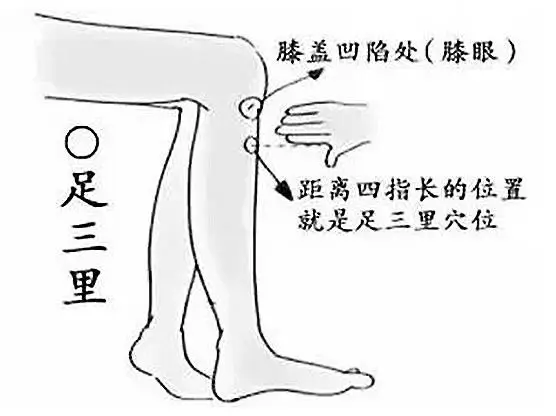
1. Zusanli (ST36)
Function:
1. Strengthens the spleen and stomach;
2. Promotes metabolism and strengthens the body;
3. Enhances endocrine function and boosts immunity.
Needling Zusanli has preventive and therapeutic effects on diseases of the digestive, nervous, circulatory, endocrine, urinary, and reproductive systems, especially for digestive disorders.
Indications:
Gastritis, chronic gastritis, gastric ulcers, gastroptosis, gastric spasms, indigestion, hepatitis; neurasthenia, epilepsy, insomnia, headaches, anemia, hemiplegia, hypertension, hypotension, arteriosclerosis; coronary heart disease; diabetes, enuresis; impotence, premature ejaculation, nocturnal emissions, irregular menstruation, menorrhagia; colds; knee arthritis, lower limb arthritis, etc.
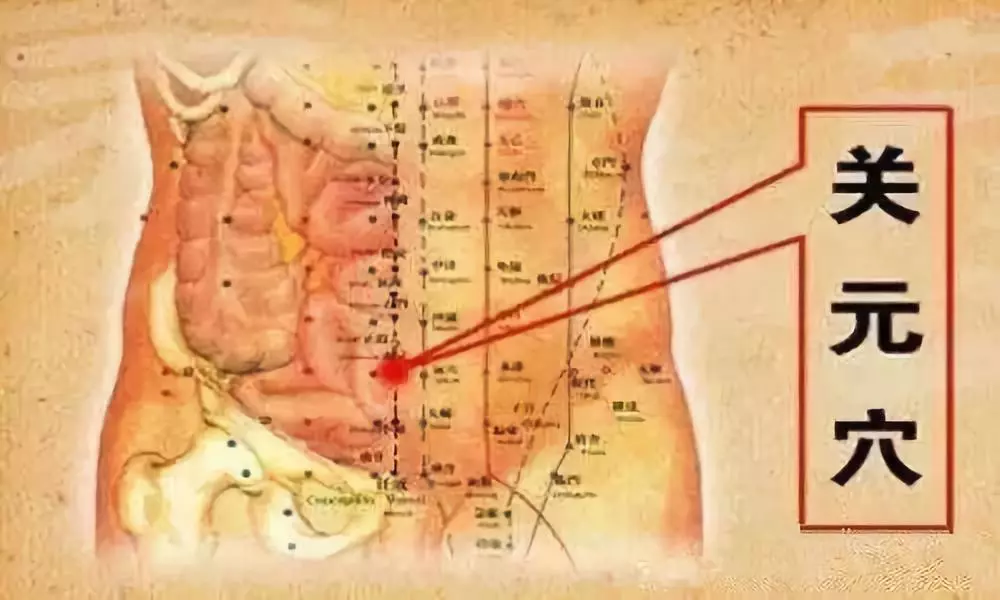
2. Guanyuan (CV4)
Function:
1. Nourishes the root and stabilizes the source;
2. Tonifies the kidneys and strengthens Yang, regulates menstruation, clears heat and dampness; this point nourishes the kidneys, regulates Qi, and is essential for reproductive health and vitality.
3. Tonifies deficiency and stabilizes the foundation. This point enhances reproductive function, boosts immunity, prevents aging, and treats various deficiencies.
Indications:
Impotence, premature ejaculation, nocturnal emissions, irregular menstruation, cervical erosion, uterine prolapse, pelvic inflammatory disease, infertility, enuresis, urinary retention, urinary incontinence, cystitis, nephritis, urethritis, damp eczema; dysentery, hernia, prolapse, hypertension, diabetes; forgetfulness, neurasthenia; collapse, physical weakness.
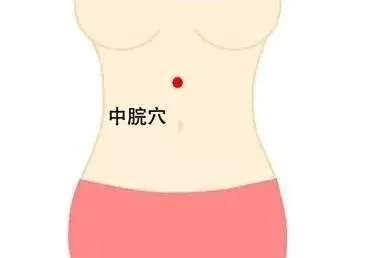
3. Zhongwan (CV12)
Function:
1. Regulates the spleen and stomach;
2. Reduces counterflow and resolves stagnation. This point regulates the stomach, tonifies deficiency, promotes digestion, and stops vomiting.
Indications:
Gastric spasms, gastric ulcers, gastroptosis, gastric distension, indigestion, vomiting, halitosis, enteritis, duodenal ulcers, dysentery, appendicitis, constipation, hepatitis, cholecystitis, jaundice, hypertension, angina, heatstroke, epilepsy, hysteria, neurasthenia, insomnia, cough, asthma, hematemesis, uterine prolapse, irregular menstruation. This point is particularly important for treating digestive system diseases.
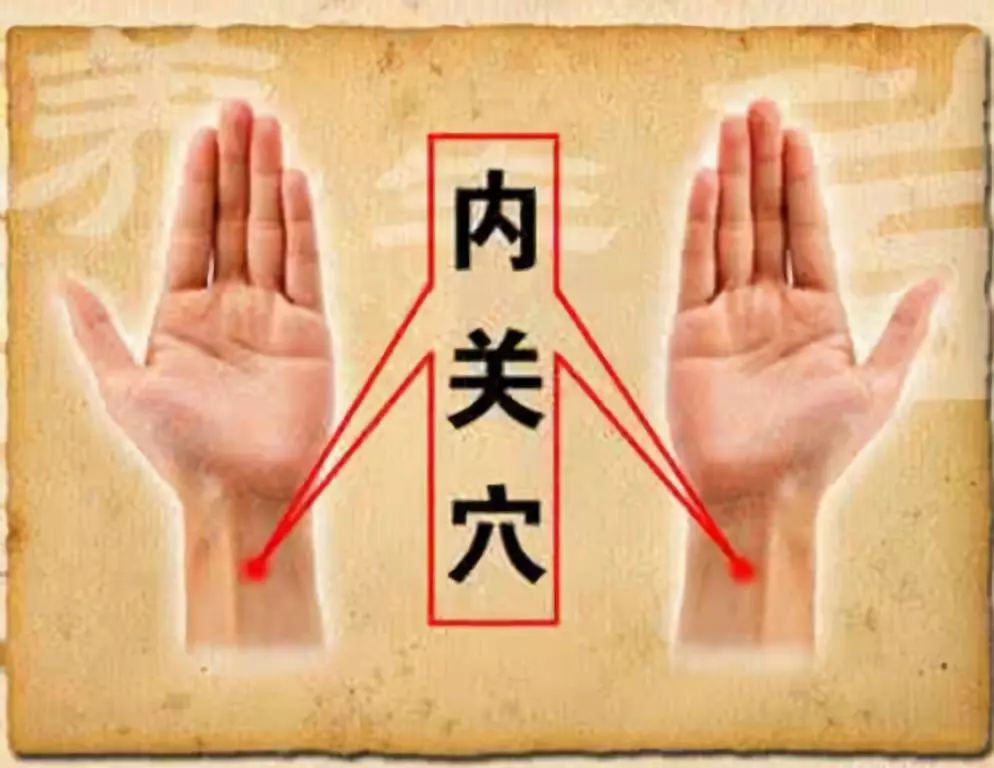
4. Neiguan (PC6)
Function:
1. Regulates Qi and invigorates blood;
2. Calms the mind and stabilizes the spirit.
Indications:
Angina, myocarditis, rheumatic heart disease, bradycardia, arrhythmia; shock, coma, syncope, motion sickness, insomnia, hysteria, epilepsy, mental illness; gastric diseases, gastric spasms, vomiting, hiccups; diaphragm spasms, pregnancy sickness, hypotension, and other conditions. This point is particularly effective for various heart diseases and mental disorders.
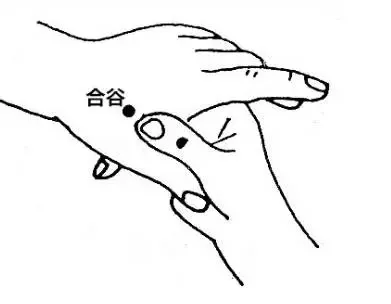
5. Hegu (LI4)
Function:
1. Clears heat and releases the exterior;
2. Relieves muscle tension and dispels wind, primarily used for clearing heat and alleviating pain.
Indications:
Colds, cough, headaches, trigeminal neuralgia, facial nerve paralysis, epilepsy, schizophrenia; enteritis, dysentery, hemorrhoids, pediatric prolapse, toothache, rhinitis, epistaxis; tonsillitis, conjunctivitis, deafness, acute shoulder rheumatism, finger spasms, difficult labor, measles, excessive sweating, aphasia, etc. This point is particularly effective for headaches caused by colds.

6. Yongquan (KD1)
Function:
1. Clears the mind and awakens the spirit;
2. Calms the mind and stabilizes the spirit;
3. Clears heat and dispels wind.
Regular cupping on this point can guide the kidney’s deficient fire and clear the turbid Qi from the upper jiao, promoting liver function, improving vision, and calming the throat and mind. It can lower blood pressure and enhance local blood circulation, helping to prevent age-related numbness and edema.
Indications:
Shock, coma, dizziness, heatstroke, forgetfulness, headaches, trigeminal neuralgia; epilepsy, hysteria, mental illness, pediatric convulsions; cerebral hemorrhage, functional paralysis, functional aphasia, facial spasms, hypertension, angina, myocarditis, tonsillitis, pharyngitis, cough, epistaxis, jaundice, stomach pain, edema, impotence, low back pain, knee pain, chest pain, vision impairment, measles, hernia, etc.
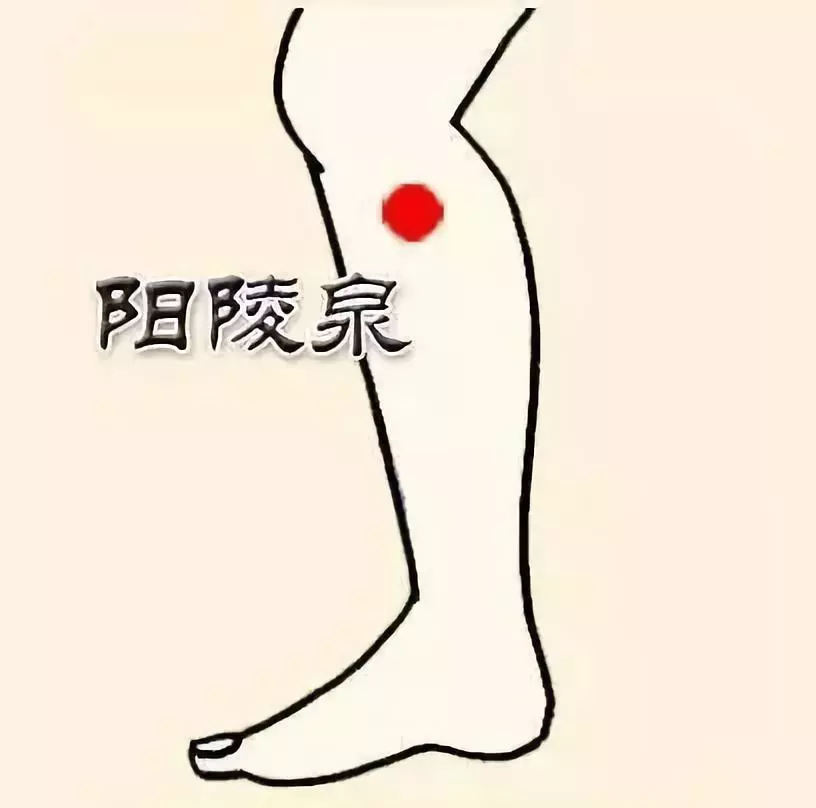
7. Yanglingquan (GB34)
Function:
1. Promotes circulation and relieves stiffness;
2. Opens the meridians and benefits the joints;
3. Clears heat and benefits the gallbladder.
Indications:
Diseases of the lower limbs and lower back, such as knee arthritis, ankle arthritis, sciatica, peroneal nerve paralysis, vasculitis, rheumatoid arthritis, low back pain, etc. This point is also crucial for treating liver and gallbladder diseases, with good effects on hepatitis, cholecystitis, and jaundice. Additionally, it is effective for hypertension, epilepsy, enuresis, and athlete’s foot.
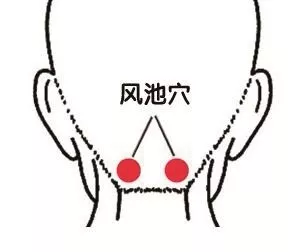
8. Fengchi (GB20)
Function:
1. Clears the heart and brightens the eyes;
2. Clears heat and dispels wind;
3. Opens the orifices and promotes circulation.
Indications:
Cerebral thrombosis, concussion, meningitis, forgetfulness, epilepsy, mental illness, migraine, insomnia, dizziness, hyperthyroidism, stiff neck, glaucoma, night blindness, optic neuritis, retinitis, rhinitis, pharyngitis, hypertension, tinnitus, malaria, deafness, etc.
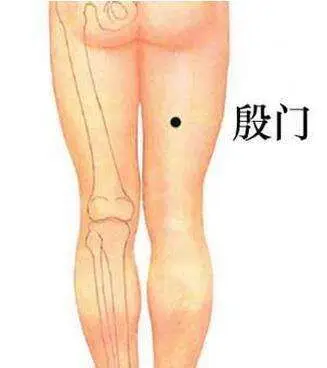
9. Yinmen (BL37)
Function:
1. Promotes circulation and relieves stiffness;
2. Opens the meridians.
Indications:
Low back pain, sciatica, herniated disc, lower limb myofascial pain, paralysis.
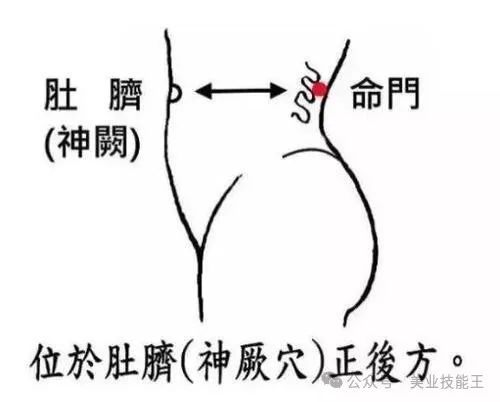
10. Mingmen (GV4)
Function:
1. Nourishes the kidneys and regulates menstruation;
2. Regulates the intestines and stabilizes prolapse.
Indications:
Nocturnal emissions, impotence, irregular menstruation, dysmenorrhea, enuresis, low back pain, headaches, tinnitus, hemorrhoids, constipation.
3. “Health Song”
Health is an intangible asset, and wellness is like a bank deposit;
Illness is a malignant overdraft, and serious illness is financial ruin;
Everything else is false; only health is real;
Don’t wait until you’re sick to find a doctor; practice wellness when you’re healthy;
Better to stand for health than to lie down and take pills;
Health is priceless; persist in wellness and health care.
You may also like the following content:
Use this TCM meridian massage technique to achieve skin anti-aging
TCM arm massage techniques
TCM point combination methods, 12 tricks to treat various body pains.
Step-by-step guide to unblocking the bladder meridian
Learn sales by following the WeChat public account below:

